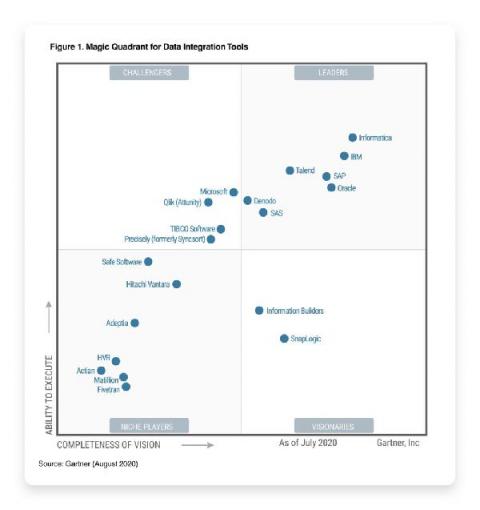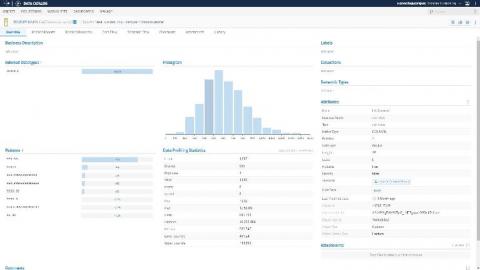Our reflections on the 2020 Gartner Magic Quadrant for Data Integration Tools
It’s no secret that today’s data environment is chaotic. Organizations everywhere have to deal with more sources of data, more data types, and more use cases for that data, in order to make mission-critical decisions with confidence.






